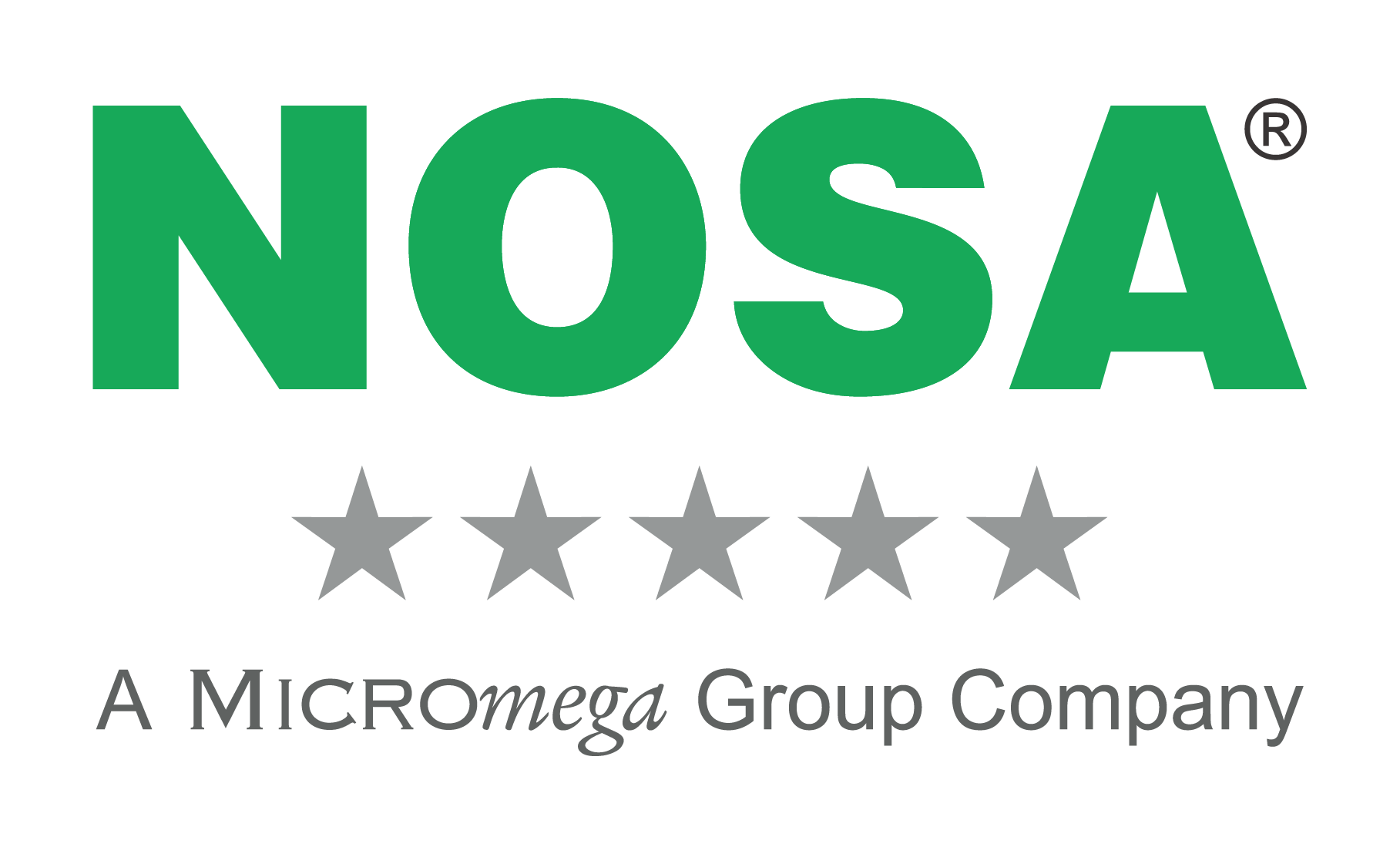
As a corporate leader, global competition and razor-thin margins can pressure your employer to make financial decisions that conflict with health and safety standards. As health and safety professionals, it can become tiresome, having to constantly justify necessary spend. Let’s be honest – we know the safety training our company needs, and perhaps in the interests of getting that training, we’ll opt for the ‘discount’ option in order to please our employers and their bottom lines while still meeting our HSE legal requirements.
In reality, however, current safety statistics show that improving work site safety practices reduces both direct and indirect employee costs in the long run, saving money and even the company itself. Here’s how paying cheap now can cost you dearly later.
1. Your turnover will increase
A recent survey indicates that 40 per cent of employees who receive poor job training leave their positions within the first year, stating lack of skills training and development as the principal reason for moving on.
Consider the cost of turnover. With one fewer worker, your company’s productivity slips. Sales decline. Your current staff members are required to work more hours. Morale may suffer. And – most importantly – incidents may then increase too.
What’s more, to find a replacement, you will spend time screening and interviewing applicants. Once you hire someone, you need to train that person. The cost of staff turnover adds up. It is a hefty price to pay for not training staff properly.
2. Poor training leads to increased injuries – which leads to increased costs
Companies pay for injured workers in both direct and indirect ways. Workers’ compensation claims represent the highest direct cost. The mandatory, employer-paid coverage ensures injured workers have financial resources while they recover from injuries. In 2013, employers paid more in direct workers’ compensation costs than ever before. The indirect costs are less obvious but perhaps more serious. For each injury, employers may also pay indirect costs associated with:
- wages due during incident-related work stoppages;
- worker replacement costs for the duration of the recovery period (including training and supervision time);
- administrative costs to manage the details of the incident, and
- lost productivity during the incident and throughout the period until the worker returns to full functionality.
Fines and penalties, legal bills and liability expenses, and even loss of corporate goodwill due to adverse publicity can all contribute the high cost of employee injuries.
3. Not only will poor training cost your company – it will cost your investors too
An investment firm study revealed that companies that did not adequately manage their workplace safety practices performed worse financially than those who did. Goldman Sachs clarified that their conclusion was based on the correlation between safety practices and heightened stock prices, and drew the logical conclusion that companies that managed their capital well, including their human capital (employees), were likely to provide better performance over time.
4. Proper safety training pays you back over time
Despite the initial monetary costs, staff training pays back your investment:
- Training helps your business run better.
- Training is a recruiting tool.
- Training is a retention tool, instilling loyalty and commitment from good workers.
- Training adds flexibility and efficiency. You can cross-train employees to be capable in more than one aspect of the business.
- Training is essential for knowledge transfer.
- Training gives seasonal workers a reason to return.
5. The work might be dangerous, but the workplace needn’t be
An example of the dynamic between work safety and safe work was demonstrated during construction of the Weston 4 Power Plant in Wisconsin, in the United States. Before the three-year project began, OSHA and the relevant Wisconsin utility companies agreed to incorporate safety procedures into the building process. They set three measuring goals, which encompassed reducing injuries, improving safety training, and maintaining a whole-site safety culture.
By the time the plant went online, statistics revealed the inordinate success of the safety project:
All 24 partner/contractor firms had made improvements to their safety practices, and even non-contractor partners had heightened their internal safety focus.
By the end of year one, all 1 334 employees had received at least one hour of site-specific safety training, which included fall protection, job hazard analysis and even managing blood-borne pathogens. Another 115 employees had received the 10-hour OSHA training. A total of 4 400 hours of training had occurred in just the first year.
In its first year, there was a total of 1 718 711 man-hours worked, with zero fatalities and just 26 recordable injuries. The total incident rate was just 2.9 per cent, 69 per cent below average.
Considering the extreme cost of on-the-job injuries and the strong evidence supporting the economic value of increased safety procedures, it is apparent that investing in proper training and maintaining high safety standards is an economically sound decision for every corporate leader.
Sources:
http://www.rockpileenergy.com/workplace-safety-programs-worth/
https://www.linkedin.com/pulse/workplace-safety-training-worth-patrick-de-zinna
http://lightshipworks.com/blog/articles/workplace-safety-investment
https://www.osha.gov/Publications/safety-health-addvalue.html
https://www.go2hr.ca/articles/employee-training-worth-investment
http://www.hrmonline.ca/hr-news/safety-training-is-it-ever-not-worth-the-cost-174736.aspx





